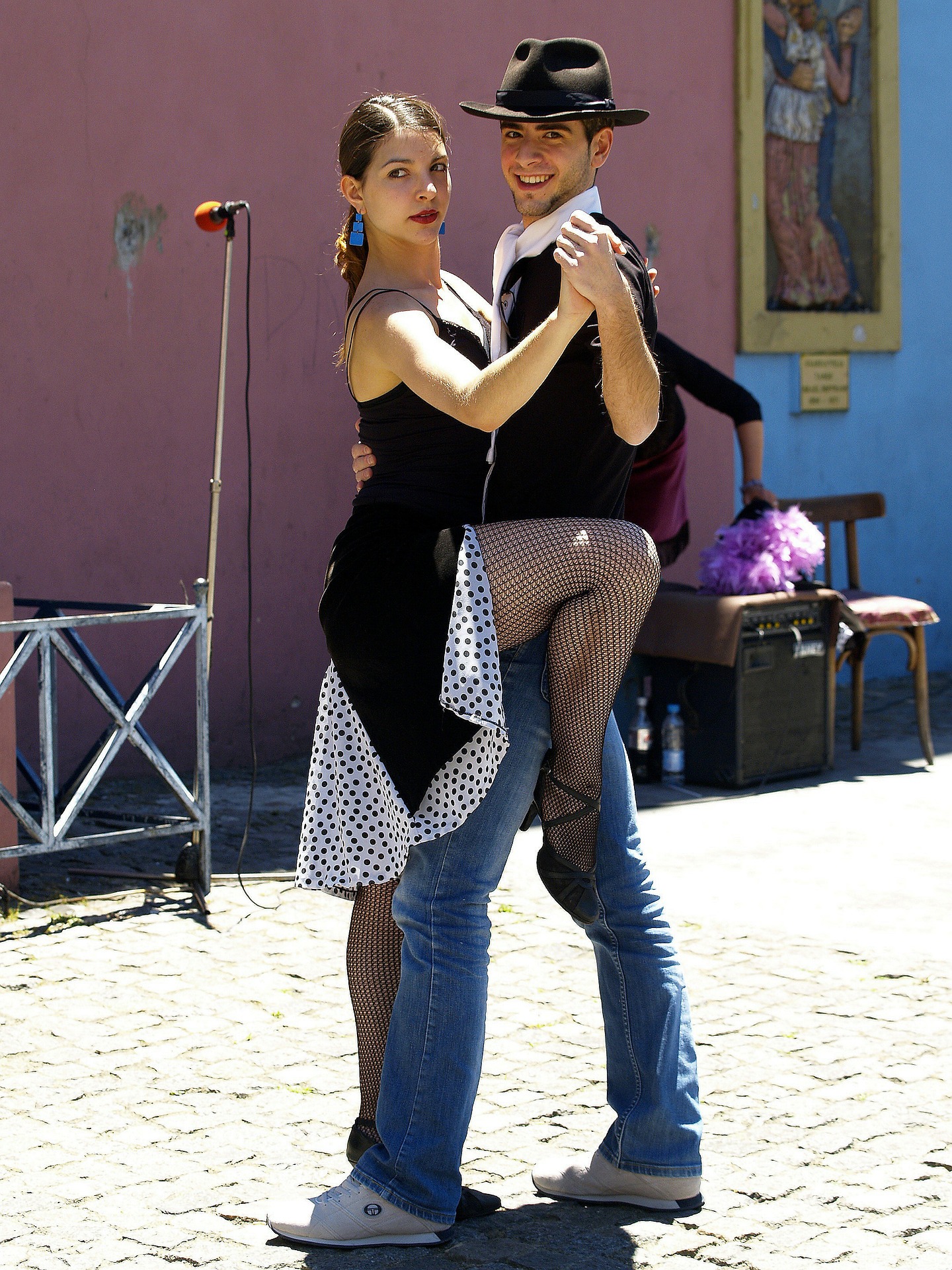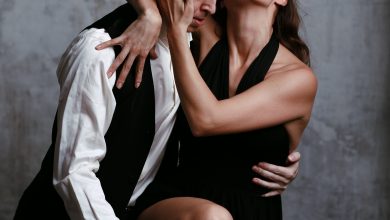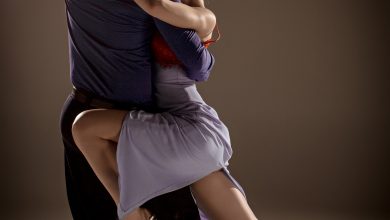Arrepentidas

Arrependitas are steps that are changes of direction, or rebounds, in which the leader stops the movement forward or backward and reverses direction. To the follower it may feel like the leader changde their mind. The leader often uses an Arrepentida to back away from a collision with another couple or to avoid a traffic jam in a minimal amount of space and on short notice.
Arrepnedita steps and their variations include Arrepentidas, Cambios de Frente (Changes of Front) and Cambios de Dirección (Changes of Direction). They can be combined to make some quite dynamic sequences
Cambios de Dirección (Changes of Direction)
A change of direction is a pretty straight forward step. This can take place on
either foot and in any direction. It can be as simple as stepping forward and
then stepping back.
Cambios de Frente (Changes of Front)
Cambios de Frente is when you are facing one direction and then change direction
to face another way.
Double Frente
Arrepentida (Repent) or Rebote (Rebound)
With an arrepentida, the leader steps with one foot and then immediately take
it back suddenly without completing the first step. For example, the leader
could step forward with the left foot, rebound quickly off of the left and then
step to the side with the left. So, the leader began to go forward, changed
their mind mid-step and then decided to go to the side instead. These steps are
often sudden and use a quick, quick, slow rhythm.
Cadencia or Balenceo (Rock Step)
This is a basic change of direction where the leader stops the couple in the
middle of a step and rocks back and forth either in place or in a circle.



